PLAYING BADMINTON THE RIGHT WAY? | Whether you binge on badminton matches for fun or take it up as a serious affair, you must be aware of the basic rules one must follow while playing the sport.
For example, No player is allowed to touch the net with their body or their racket at any time. The birdie should not hit the floor. The birdie should not land outside the boundary lines of the court, and the list goes on!
But have you ever felt like, in spite of going by the rules and taking all the right measures to get that right shot, you always seem defeated by that backhand swing or even something as little as sweaty palms?
Determined to get it right, you take it upon yourself to practice for those extra 2 hours, but the journey still seems downhill?
Now finally there may be an answer to this mystery. It may just be because you have been barking up the wrong tree.
Keep your eyes peeled because if you have been doing these things, then you have been playing badminton the wrong way!
1) Playing matches without the habit of practicing warm up and warm down exercises
Before playing or practicing badminton, warming up can reduce the risk of sports injury.
Likewise, warming down after playing speeds up lactose metabolism, eliminating the feeling of tiredness after the day’s exertion. Warming up and warming down are key steps when playing or practicing badminton.
2) Incorrect footwork
Correct footwork is vital in being able to conserve energy whilst arriving at the birdie’s location in a quick manner. Also, if a person runs to the birdie, it’ll be difficult for them to react to a shot that’s on the opposite end of the court. In order to hit any power shot, the feet need to be positioned correctly.
Especially with the backhand, more than the forehand shots, the feet should be firmly kept on the floor to provide a solid base.
3) Holding the racket tight all the time
Amateur players hold the racket tight most of the time which causes a lot of tension in their muscles. That consumes a lot of strength and decreasing explosive force.
4) Incorrect forehand grip
Perhaps the most basic and yet often neglected skill is changing grip. Take a moment and look at the grip. Remember the forehand grip should resemble the act of shaking hands. Holding the racket straight out in front of the body should cause the arm and racket to form a straight line.
5) Incorrect finger placement
Always keep in mind to use the thumb in backhand grip and press hard when hitting, likewise, use forefinger in the fore grip. It will make a significant difference if done right, especially in backhand stroke.
6) Wrong movement of racket hand
Some beginners cannot stretch their arms out while deep high service because they feel more powerful and more controlling if they keep their arms close to the bodies.
7) Forget to raise the racket in preparation
After playing a shot many amateur players always naturally put the racket down to their side and then rush to raise, make a backswing and swing the racket when the next shot from their opponent comes over the net. It is better to be in position, attentive and raise the racket in preparation for the next anticipated shot.
8) Smashing Too Hard
One of the bad habits many players fall into is swinging too hard on smashes. By smashing too hard too much energy is spent and control is lost over the placement. Smashing the hardest to score a point is fine, but there may be a need to smash many more times as the match progresses. You know you’re probably smashing too hard if the smash hurts your arm or wrist. The best way to overcome this is to adjust the smash by focusing more on placement than power.
9) Illegal serves
In this case, illegal serves strictly refer to contacting the shuttle above the legal height, which is the lowest rib of your rib cage. This usually only affects backhand serves, but forehand serves are certainly not out of the question. The waist should be considered an imaginary line round the body, level with the lowest part of the server’s bottom rib, which helps make a better judgment.
10) Clearing Too Often
Essentially, given the opportunity to attack, one should not clear. If the opponent hits a weak clear, then clearing it back only gives up the advantage that has been handed over by the opponent. The instant a serve is taken, the battle to gain an offensive advantage begins. As the recipient of a serve, the serve return is the first opportunity one gets to tilt the rally in ones favor. Smashes, drops, and drives are all great serve returns. Rush the short serves and attack the long serves. Most importantly, the opponent should not be given a chance by clearing.
11) Hitting cross-court excessively
Beginners invariably hit too many cross-court shots. Sure, the opponents may have to move further to get to it. But the shuttlecock has further to go too – and shuttlecocks slow down a lot towards the end of their flight – so the opponent has more time.
12) Being static in a doubles game
Just because the partner is doing all the work in a rally, it doesn’t mean one should be patiently standing still, waiting for a chance to get involved. Every time a shot is hit the circumstances change, and one should be adjusting their court position to compensate.
13) Shuttle being struck from behind the body
To hit a good clear, the shuttle should be struck when it’s in line with the body. If the shuttle is in front of the body i.e. closer to the net, then, in reality, there is more time to hit a round-the-head shot.
14) Getting frustrated
Badminton players are often hard on themselves for mistakes made during a match. Everyone misses easy shots from time to time, even during pivotal rallies. The worst thing to do is let the frustration and emotions affect the play. There is simply no room for anger and disappointment in competitive play.
15) Recovery
No matter what shot is being played or the position on the court, it is essential to hit and move. It’s amazing how many players admire their shot whilst stationary, rather than hitting, watching and moving. If a player can’t recover from the shot, they won’t be in a good position to cover a possible return.
With practice, patience and keen observation, any mistakes can be rectified. So identify these mistakes and reflect on them for better results in your next badminton game!
Also read: Not One, There Are Three Different Kinds Of Badminton Smashes You Need To Know

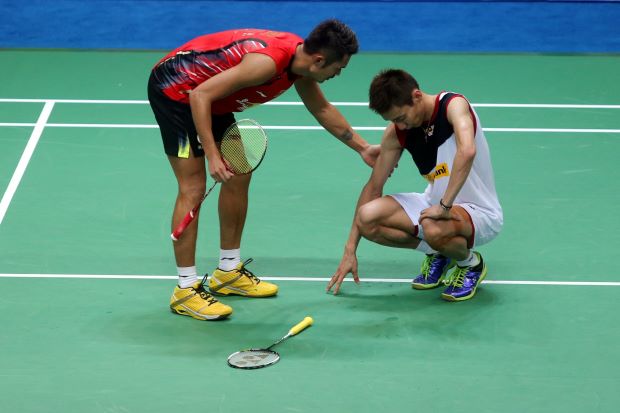
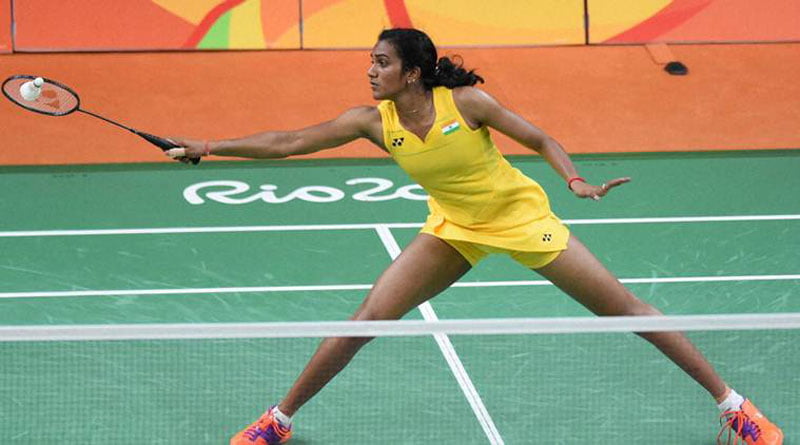
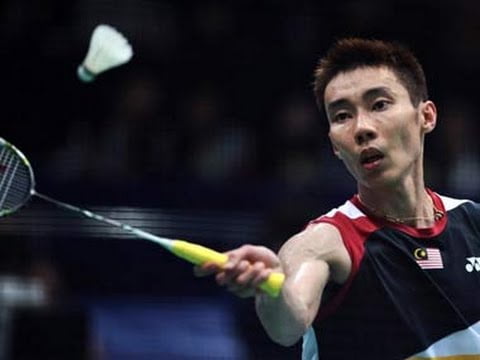
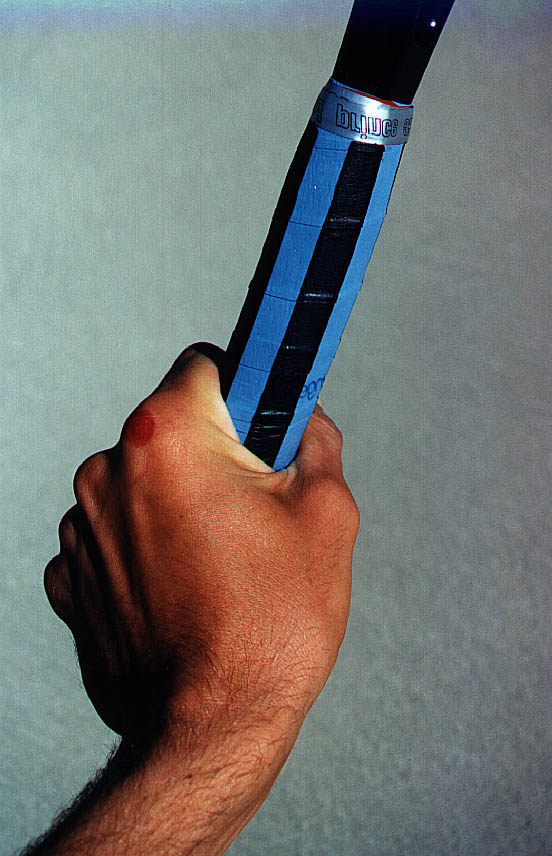


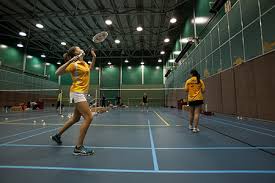

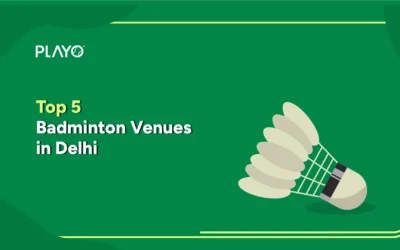


0 Comments